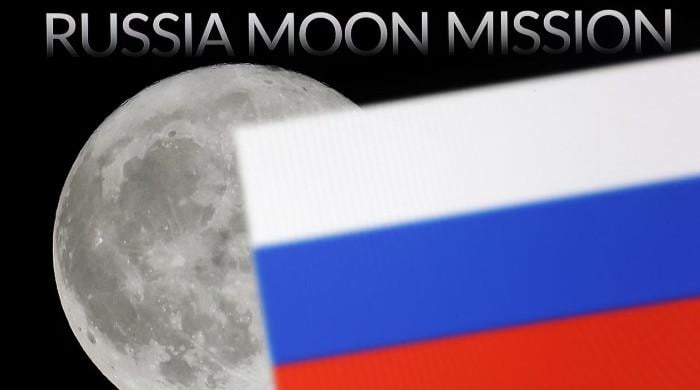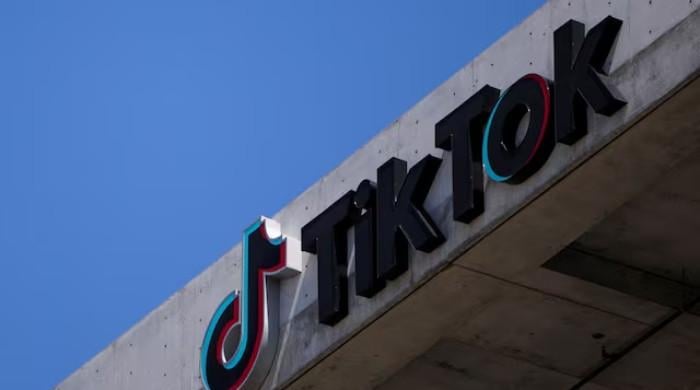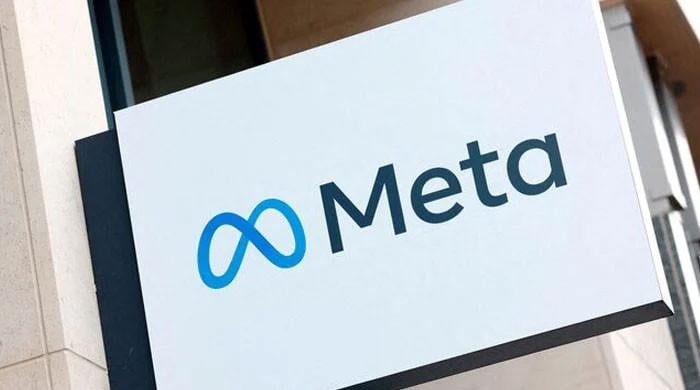WATCH: Nasa brings back 'worm' logo for Artemis II mission to the moon
Nasa's worm logo was introduced in 1975 by firm, Danne & Blackburn, as a modern emblem for the agency
March 02, 2024
The National Aeronautics and Space Administration (Nasa) has returned the "worm" logo on the rocket boosters of the Artemis II rocket, with bold red letters best embodying the space agency.
The famous worm logo returns ahead of the Artemis II mission which is scheduled to return people to lunar orbit in 2025, after 50 years, Space reported.
Nasa's Exploration Ground Systems and prime contractor Jacobs began painting the red logotype onto the Moon rocket's two solid rocket boosters on January 22.
The process involved marking the logo's location with tape, applying two coats of paint, and adding several coats of clear primer.
Each letter of the worm logo measures approximately 6 feet and 10 inches in height and stretches 25 feet from end to end.
But where did this truly modernist logo originate from?
Nasa's worm logo was introduced in 1975 by the firm, Danne & Blackburn, as a modern emblem for the agency.
As detailed by Design Week in 2021, the Nasa worm was created after then-president Richard Nixon and the National Endowment for the Arts (NEA) initiated the US Federal Design Improvement Program.
The program involved over 45 federal agencies undergoing identity evaluation and redesign.
The outgoing logo was the red, white, and blue Nasa insignia, designed by James Modarelli just one year after the agency's inception in 1958.
Affectionately referred to as the "meatball", the logo was not capable of dealing with the renewed attention Nasa was getting post-moon landing, Blackburn once said.
Blackburn's studio partner Danne added, saying: "The meatball was complicated, hard to reproduce and laden with Buck Rogers imagery – clearly it was born out of the classic airman syndrome where hype and fantasy dominated over logic and reality."
"Our [proposed] logotype was quite the opposite: it was clean, progressive, could be read from a mile away, and was easy to use in all mediums" he added.
"Their whole business is the future and getting us there," he said of the challenge in the 2016 documentary Blackburn, calling it one of the most difficult he encountered during his career.









